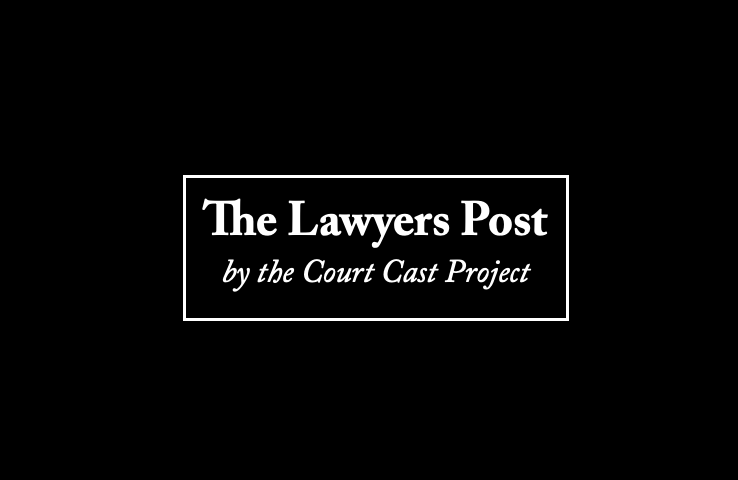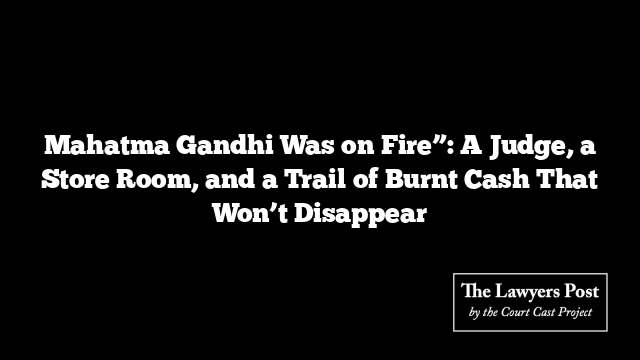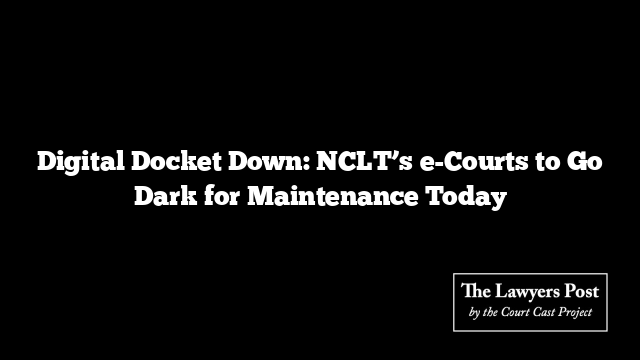Inside the Ashes of Justice
A fire broke out just before midnight on March 14, 2025, at 30 Tughlak Crescent, the official Delhi residence of then-High Court judge Justice Yashwant Varma. What should’ve been a straightforward report of a minor blaze turned into a scandal with charred currency, hidden store rooms, and a judicial system grappling with one of its gravest credibility crises in recent memory.
A three-judge committee—formed on March 22 and tasked with uncovering the truth—spent ten days examining 55 witnesses and poring over digital evidence. What they concluded in a 64-page report was clear and damning: piles of cash, specifically ₹500 notes, were found burnt or half-burnt inside a locked store room under the active control of Justice Varma and his family.
And the kicker? Much of it vanished before sunrise the next day.
The Smoking Gun Was Cash
Multiple firefighters and police officers testified to seeing what can only be described as heaps of ₹500 notes scattered across the store room floor. One firefighter recalled being stunned by the volume, claiming it was the first time he had seen that much cash outside a bank. Videos and photos taken at the scene supported their statements—footage that also captured one man muttering: “Mahatma Gandhi me aag lag rahi hai,” referring to the burning bills bearing the Father of the Nation’s image.
Even more incriminating, the committee concluded that key members of Justice Varma’s household staff—including his private secretary and domestic aides—were involved in the overnight removal of this money after the emergency crews left.
A Locked Room and No Explanation
The report firmly established that the store room in question was indeed part of the judge’s official bungalow and under constant security. At least two CRPF guards testified the room was locked when the fire began and that they helped break it open. Access was tightly monitored, and the notion that outsiders could’ve slipped in to stash or torch the cash was dismissed as implausible.
Justice Varma’s defense? A flat denial and vague claims of a conspiracy. The panel found no complaint filed, no report made, no CCTV footage preserved, and no urgency from the judge or his family—even after he was informed of the circulating photos and videos.
Denials, Deflections, and Damaged Trust
The committee noted the judge’s conspicuous absence from the store room post-fire, despite having returned from Bhopal where he had been vacationing. His failure to immediately assess the damage or raise alarms only deepened suspicion.
Witness statements revealed attempts to sanitize the scene. One account said Justice Varma’s secretary told firemen not to include any mention of cash in their reports and organized a clean-up the following day—allegations he denied but were contradicted by multiple testimonies and digital records.
Probity Goes Up in Smoke
Quoting the Supreme Court’s own code of judicial ethics, the committee emphasized that public trust is the bedrock of judicial authority—and that even the appearance of impropriety can corrode that foundation. In this case, they argued, it wasn’t merely about optics but hard evidence and unanswered questions.
Justice Varma’s 101-page rebuttal challenged the framing of the investigation itself, alleging an unjust presumption of guilt. But the committee was unmoved. Their verdict: the misconduct was grave enough to warrant impeachment.
The Fallout
Justice Varma, now posted back to the Allahabad High Court without a judicial roster, has neither resigned nor retired voluntarily. He insists on his innocence, calling the inquiry unjust and the charges baseless.
But the visuals—currency in flames, a locked room broken open, and no credible explanation in sight—paint a story that’s hard to unsee.
The committee’s final line struck a chord: “The trust reposed in him was belied by him.” For a judge, that may be the harshest sentence of all.





